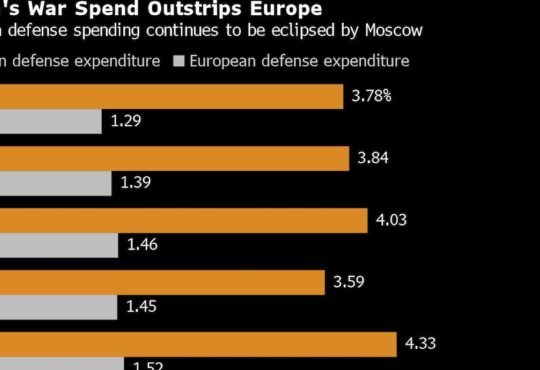
getty
While the stock returns from the other major regions have lagged the S&P 500 year-to-date, better international performance over the past year combined with Berkshire HathawayBRK.B Chairman Warren Buffett’s recent purchase of a significant stake in Japanese stocks has put a spotlight on the possible investment opportunities outside of the U.S.
First, a little history, U.S. investors have been well-served by staying home over the last ten years. The average annualized total return of the S&P 500 more than doubled its closest competitor. The most anemic stock returns have come from emerging markets.
Glenview Trust, Bloomberg
One complicating factor in looking at past returns from international stocks is the impact of currency fluctuations. For example, the Japanese Yen has weakened significantly relative to the U.S. dollar over the last ten years, so if the U.S. investor hadn’t hedged the currency exposure, their return would have been almost sliced in half. Removing the currency impact by looking at the returns in local currency terms, Japanese stocks have outperformed the U.S. over the last three years. In any case, Japan, Europe, and the emerging markets have underperformed the S&P 500 in both U.S. dollar and local currency terms over the last ten years.
Glenview Trust, Bloomberg
This analysis looks at the four valuation measures of stocks in the U.S., emerging markets, Japan, and Europe, including 12-month forward estimated: price-to-earnings (P/E), price-to-cash flow (P/CF), price-to-sales (P/S), and dividend yield.
Not surprisingly, given its sizeable long-term outperformance, the S&P is the most expensive across all four valuation metrics. While there are some mixed data, emerging markets look to be the cheapest group which would be consistent with its last-place performance over the last ten years.
Global Stock Valuations
Glenview Trust, Bloomberg
Comparing stock valuations across countries or regions comes with another set of complications. Perhaps the most crucial variable is the sector weights within each geographic area. For example, Europe only has about 7% of its stock market capitalization in technology stocks, while the S&P 500 is almost 28%. Technology stocks should be and are more highly valued than financial companies, of which Europe has a more significant percentage than the U.S. does. If one re-weights the sectors of the other geographic regions to equal the S&P 500, the U.S. remains the most expensive, but the valuation gap closes quite a bit. This methodology is imperfect, but it sheds light on the reason for some valuation discrepancies.
Sector-Adjusted Global Stock Valuations
Glenview Trust, Bloomberg
U.S. investors are in an enviable position relative to investors from most other countries. We do not need to buy companies outside of our borders, as we benefit from the most liquid stock market in the world, a resilient economy, diversified sector exposure, and a strong rule of law. This fact isn’t to say that there are not great companies outside of the U.S., and, based on this analysis, it probably makes sense to look for some opportunities in some of these relatively beaten-up areas.
Within the U.S., the small-cap and mid-cap stocks have underperformed for some time and sport lower relative valuations, so they are worthy of consideration. Separately, Japanese stocks look relatively inexpensive and benefit from a robust rule of law, but U.S. investors should beware of the currency risk. Using an investment vehicle that hedges the Japanese Yen and focuses on dividend payers, like the WisdomTree Japan Hedged Equity ETF (DXJ), is an inventive way to mimic Buffett’s investments in Japan.
Follow me on Twitter or LinkedIn. Check out my website.
Disclosure: Bill owns shares of the WisdomTree Japan Hedged Equity ETF (DXJ).






